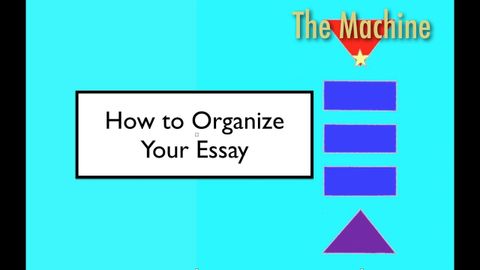
Subtitles & vocabulary
How to Organize Your Essay (The Machine)
00
Chun-Neng Wang posted on 2016/06/02Save
Video vocabulary
evidence
US /ˈɛvɪdəns/
・
UK /'evɪdəns/
- Uncountable Noun
- Factual proof that helps to establish the truth
- Information presented in court to prove or disprove alleged facts.
- Transitive Verb
- To indicate clearly; to be evidence of.
- To show clearly; prove.
A1TOEIC
More sentence
US /ˈsɛntəns/
・
UK /'sentəns/
- Transitive Verb
- (Of a judge) to decide the punishment of
- Noun
- Official punishment given by a court of law
- Set of words that make a whole statement
A1
More require
US /rɪˈkwaɪr/
・
UK /rɪ'kwaɪə(r)/
- Transitive Verb
- To demand that someone does something
- To need to do something, to make it necessary
A2TOEIC
More topic
US /ˈtɑpɪk/
・
UK /'tɒpɪk/
- Noun (Countable/Uncountable)
- Subject or issue people talk or write about
A2TOEIC
More Use Energy
Unlock All Vocabulary
Unlock pronunciation, explanations, and filters
